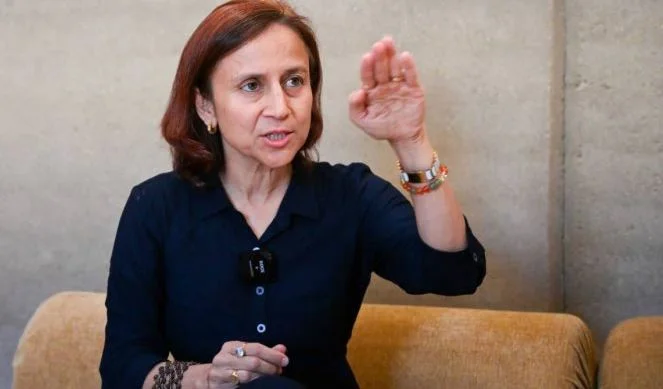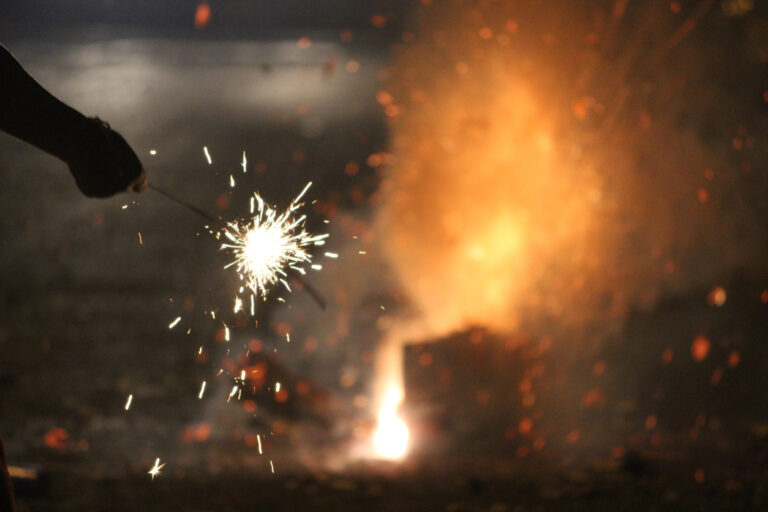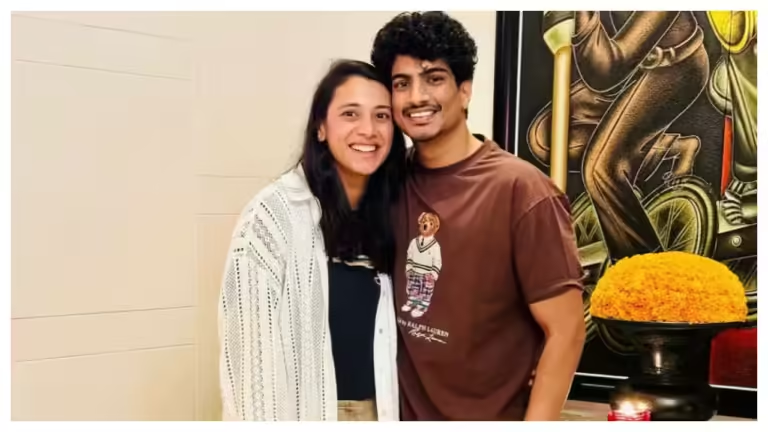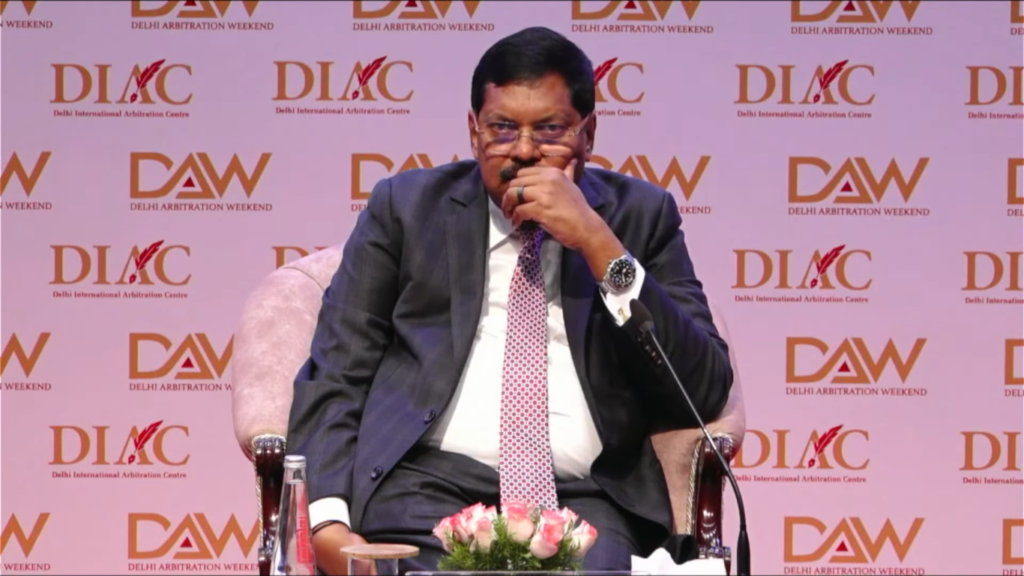
In a startling breach of courtroom decorum, advocate Rakesh Kishore hurled a shoe at Chief Justice of India Bhushan Ramkrishna Gavai on October 6, 2025, at approximately 11:35 AM during a routine hearing in Court No. 1 of the Supreme Court. The incident, driven by alleged religious outrage over remarks on Sanatan Dharma, underscores mounting tensions around faith, free speech, and the sanctity of India’s highest judicial forum.
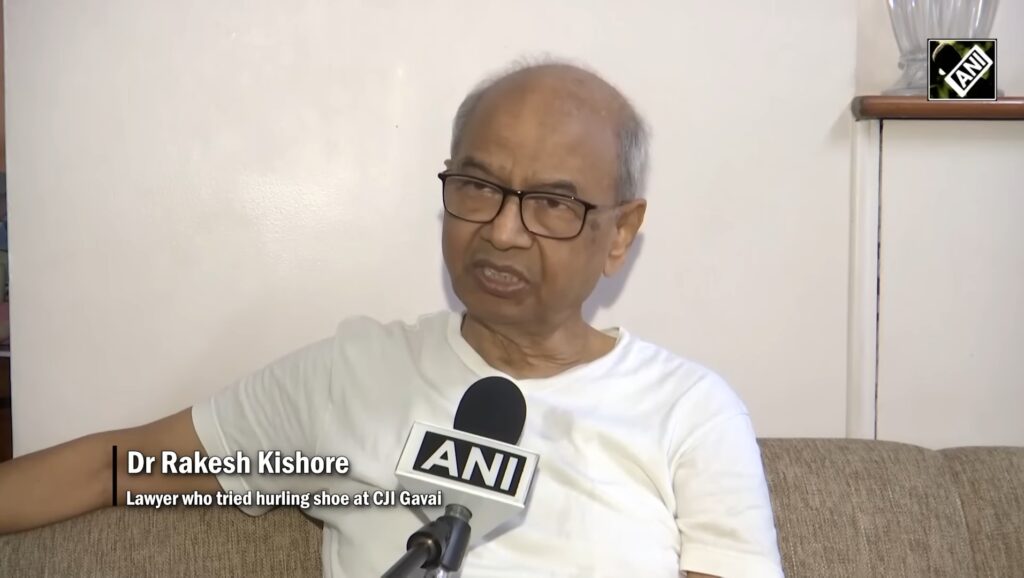
As lawyers awaited the bench’s arrival, 71-year-old Kishore rose from his seat, removed his footwear, and aimed it directly at the rostrum. Witnesses say he shouted, “Sanatan ka apmaan nahi sahenge” (“We will not tolerate an insult to Hinduism”), invoking a tone part-pilgrim, part-provocateur. In that split second, courtroom security breached its usual reticence: officers seized Kishore, escorted him out, and restored order within 45 seconds. Luckily, no one was injured, but the rare disruption sent shockwaves through the legal community.
Unfazed, CJI Gavai signalled for proceedings to continue, observing that judicial courage demands calm in the face of intimidation. The CJI’s remark, “The court’s work must not be derailed”, captured both resolve and irony: the Supreme Court, bastion of the rule of law, momentarily laid bare its physical vulnerability.
Religious Wrath Meets Judicial Restraint
The alleged motive: anger at a recent five-judge bench judgment on the restoration of a Lord Vishnu idol at Khajuraho, which Kishore deemed an affront to Sanatan Dharma. During questioning, he claimed divine guidance propelled his act and expressed no remorse, insisting he had acted “to defend my faith.” His words have ignited a broader debate on whether personal piety can ever justify assault on state institutions.
Chief Justice Gavai’s courtroom is no stranger to high-stakes encounters. As a Dalit jurist celebrated for upholding social justice, he has often been targeted by conservative backlash. Yet this was the first time in independent India’s history that a litigant attempted a physical assault in open court. Legal scholars now question whether courtroom security protocols, long focused on weapons and electronic surveillance, adequately anticipate “soft” attacks driven by ideology.
Within hours, the Bar Council of India suspended Kishore’s licence, citing a violation of professional ethics under the Advocates Act, 1961. The suspension order described the act as “inconsistent with the dignity of the profession” and initiated disciplinary proceedings. Delhi Police detained and interrogated the advocate for three hours, and later released him after Supreme Court Registry officials chose not to file a formal complaint.
At a press briefing, Law Minister Kiren Rijiju condemned the stunt, terming it “a dangerous assault on the independence of the judiciary.” Opposition parties, meanwhile, decried the act as symptomatic of growing intolerance and urged stronger legislative safeguards for judges. Outside the Supreme Court gates, Dalit activists and Hindu right-wing groups staged rival demonstrations, some chanting “Jai Bheem” in solidarity with CJI Gavai, others waving saffron flags decrying perceived judicial bias.
Anatomy of a Security Failure in Supreme Court
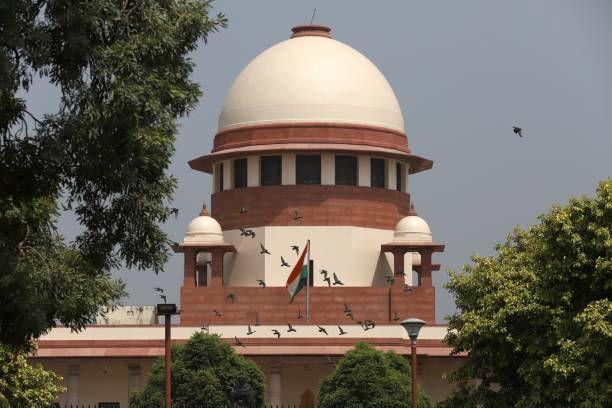
Experts point to three factors that converged to allow Kishore’s act:
- Insufficient Pre-Entry Screening: Advocates currently pass through X-ray machines for electronics and inert explosives, but metal detectors focus on conventional weapons.
- Predictable Seating Arrangements: Long-standing traditions designate fixed seats for senior advocates, making it easier for dissenters to plan close-range actions.
- Under-Resourced Court Security Personnel: While Supreme Court police excel at crowd control, they receive only limited specialized training in behavioral threat assessment.
Calls are now mounting for comprehensive security audits, including random seat assignments, advanced weapon detection systems, and mental-health screenings for frequent court attendees.
The Judiciary’s Resilient Response
Despite the jarring disruption, the Supreme Court resumed its calendar without delay. In a symbolic gesture, CJI Gavai referenced a line from India’s Constitution, “Justice shall be administered without fear or favor”, reminding the Bar that the rule of law transcends both fear and fury. Senior counsel Anand Grover, addressing the court after the incident, lauded the bench’s composure and urged colleagues to “defend this temple of justice with greater unity and vigilance.”
The shoe attack betrays a deeper paradox: advocates championing the right to free expression resorted to a violent expression of belief. It raises pressing questions: Can religious conviction override civic norms? Where does protest end, and threat begin?
India’s judiciary, entrusted with balancing liberty and order, must now wrestle with these dilemmas. The incident will feature prominently in deliberations over proposed judicial security reforms and may prompt legislative scrutiny of courtroom conduct rules. More broadly, it spotlights the volatile nexus of religion and democracy in contemporary India.
Conclusion
The attempted shoe assault on CJI B.R. Gavai stands as a stark reminder that even the most venerable institutions are not immune to the undercurrents of social and religious strife. Yet, the courtroom’s swift restoration of order and the Chief Justice’s unwavering calm signal that the judiciary remains anchored in its constitutional duty. As debates over security measures and freedom of expression unfold, one truth endures: the rule of law must remain both shield and sword, protecting faith while disarming fanaticism.
Stay tuned to The World Times for more such stories.

